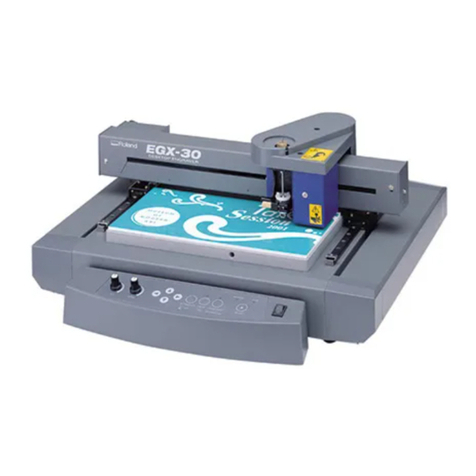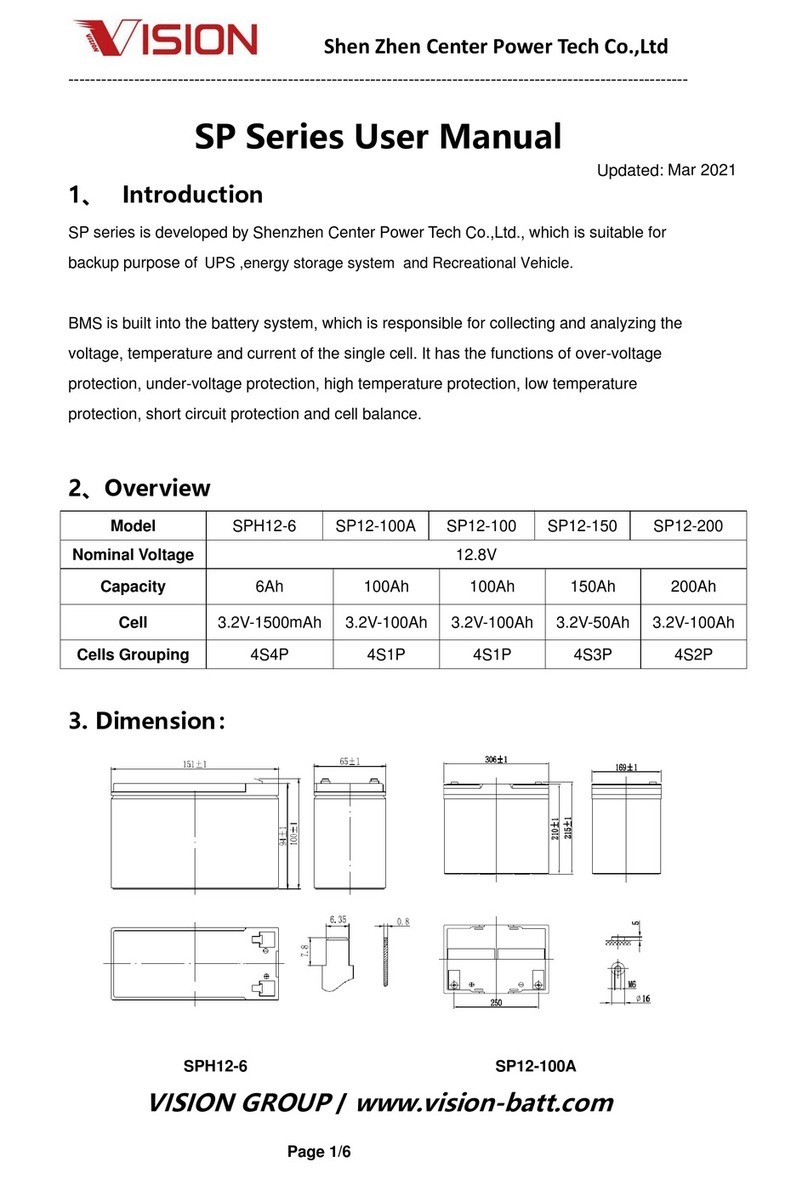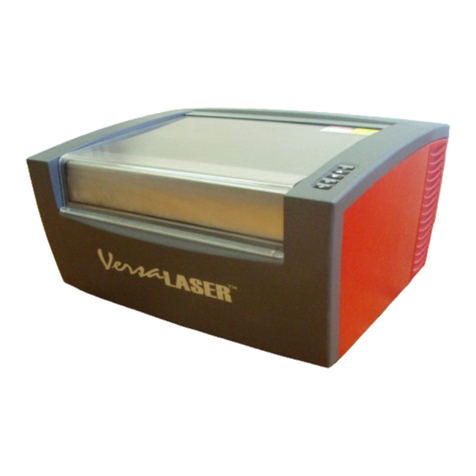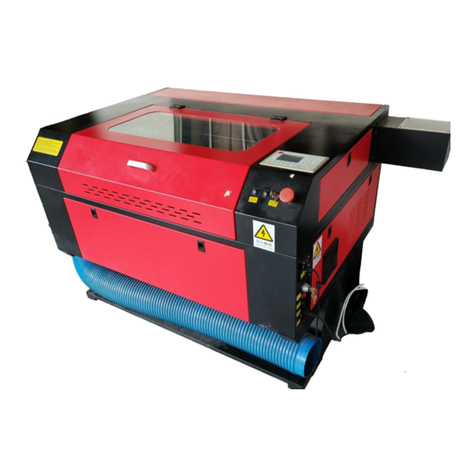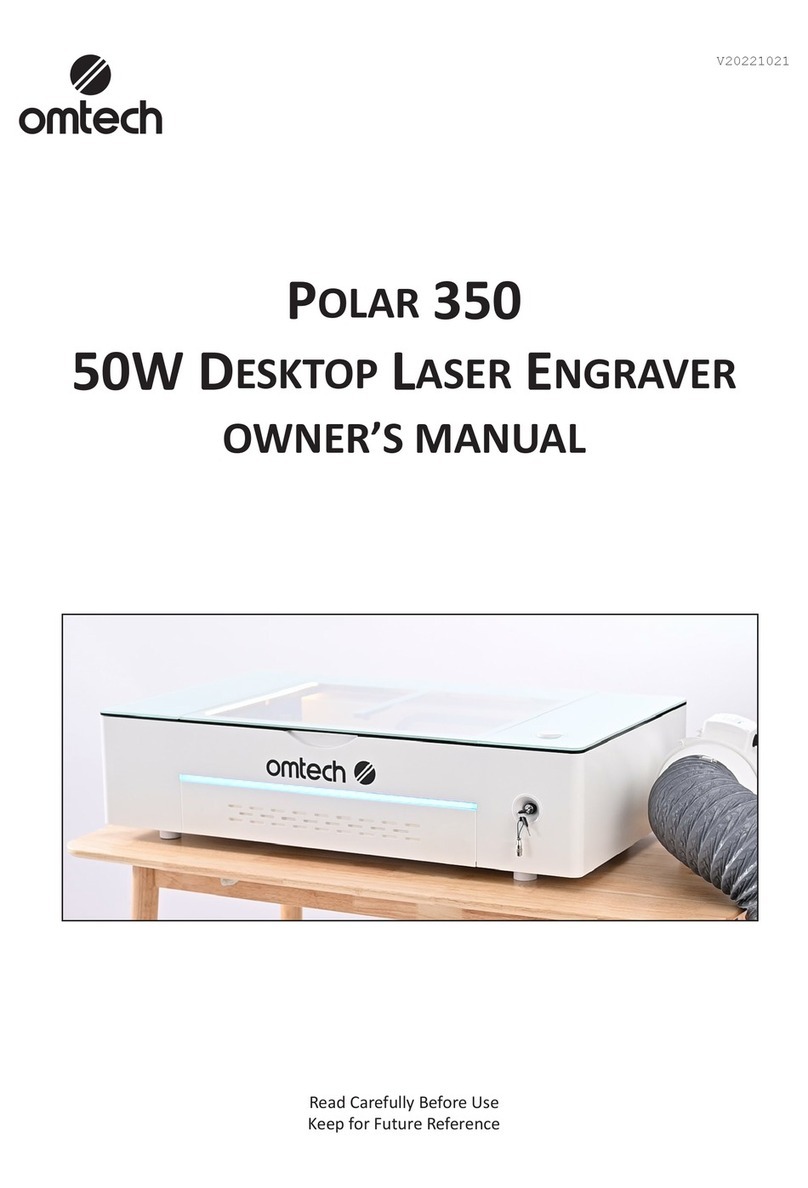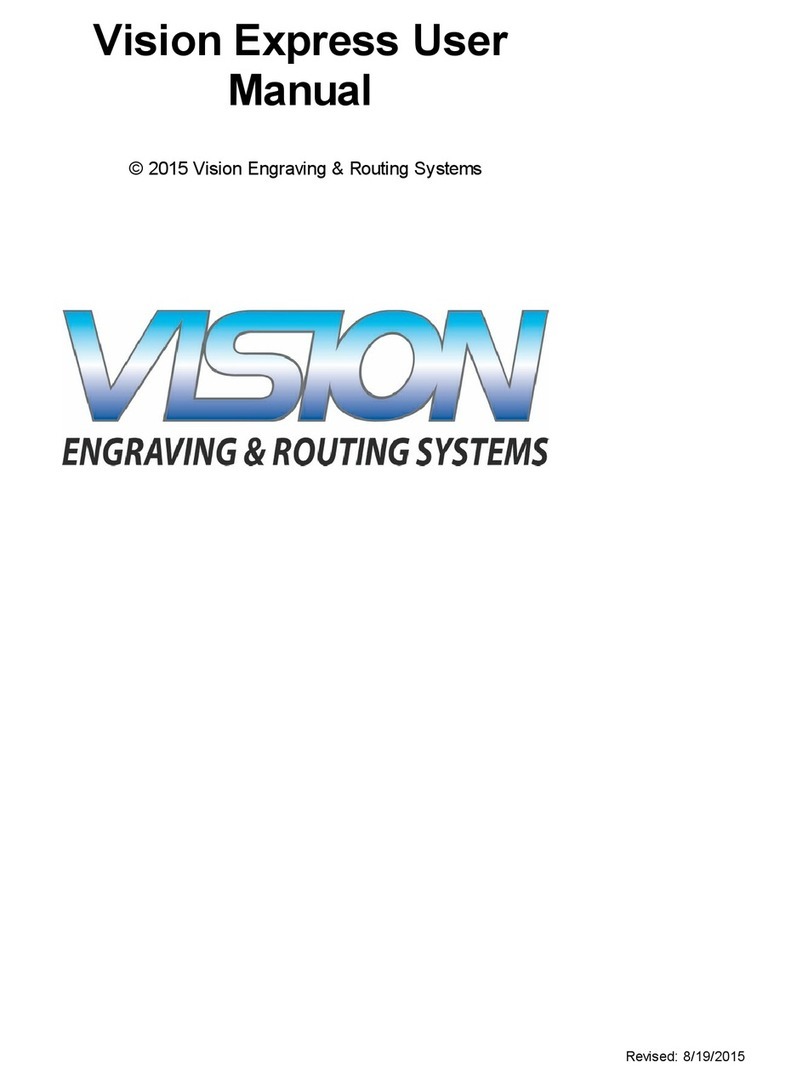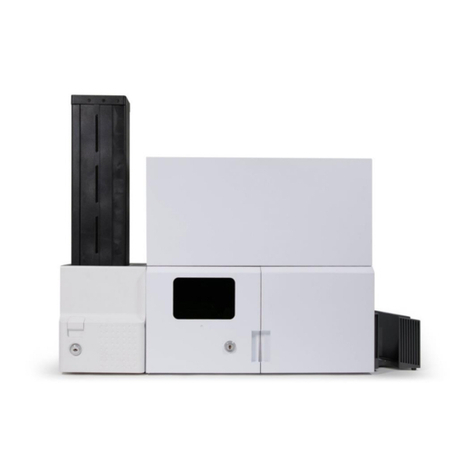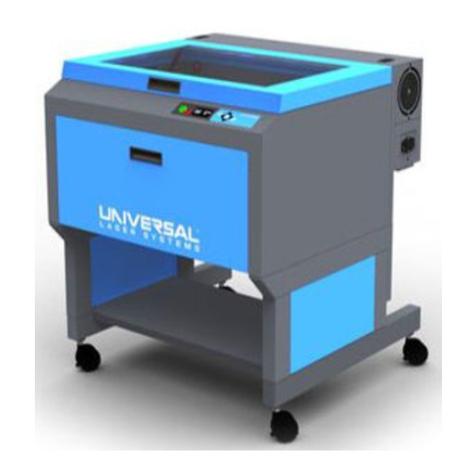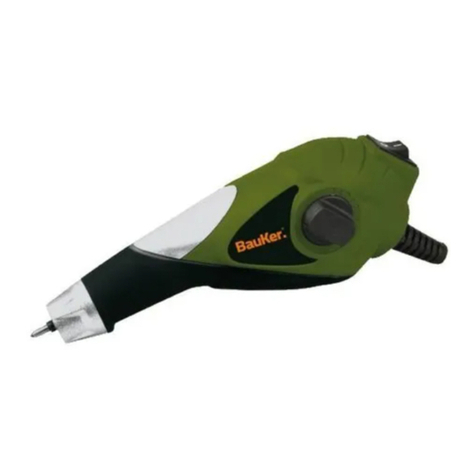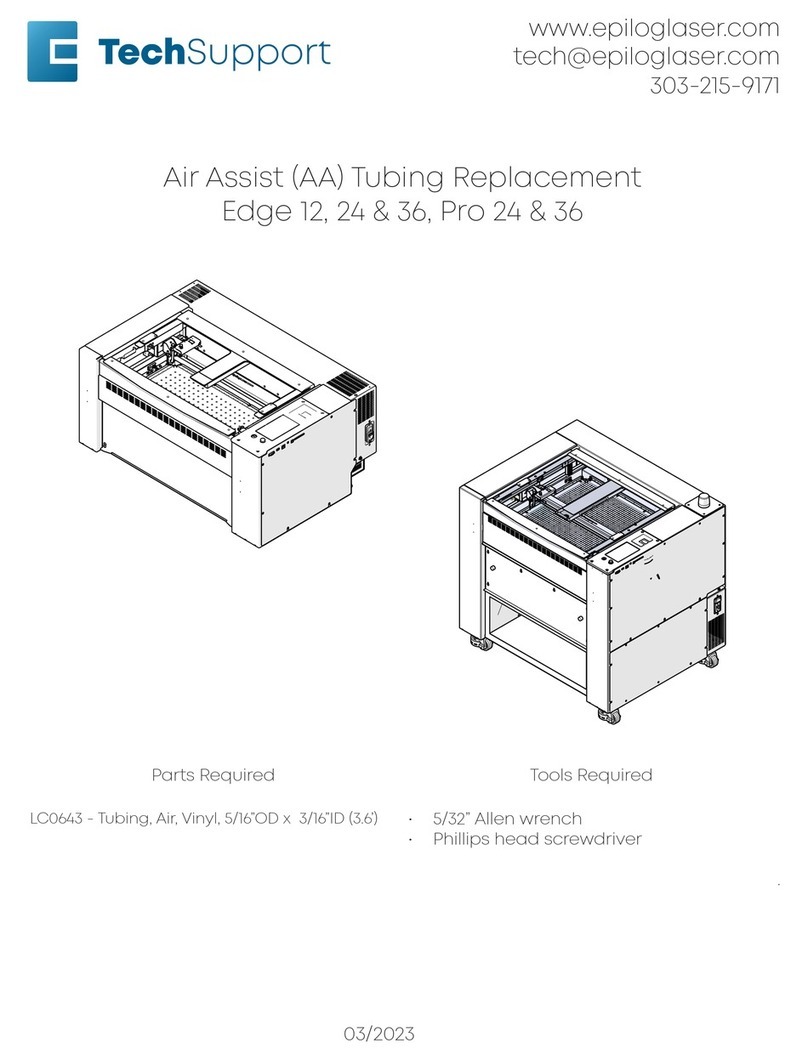Minilase™ Quick Start Guide Rev. January 2012 • 10
Step 12: Focusing your laser. Since a laser system uses a lens, the laser light coming
through it is only able to be utilized at its exact focal point. Therefore, a fixed
distance is maintained from the lens to the point where the marking will take place.
NOTE: If you purchased the Minilase™ MANUAL unit, the focus adjustment control
is on the lower right side (facing front) of the enclosure. Manual rotation of the
dial will bring the T-Slot Base to the proper focus level.
Now that communication is verified, you can focus the laser system. Minilase™ comes
with an easy focus finder system comprised of the two red aiming beams previously
discussed. Using the white piece of paper placed onto the T-slot bedplate, you
should see the red aiming beams appearing as two red dots inside the system.
Focusing is simple from this point. The secondary aiming beam that is emitted
from the opening to the side of the lens is set to an angle. This angle is carefully
positioned to intercept with the red aiming beam coming straight from the lens.
This distance from the lens shows where the laser system is in focus.
Simply speaking, when the two red aiming beams are on top of each other, the laser
system is in focus. When they are not on top of each other, the laser system is out of focus.
To bring the two dots on top of each other, use the Focal Height buttons on the
Operator Pendant to move the T-Slot Base plate up or down, until the dots are on
top of each other. So, to focus on any part you place in the system, make sure the
two dots are aligned on the surface of the part where you wish to mark.
As the part height increases, lower the T-Slot work base.
As the part height decreases, raise the T-Slot work base.
Step 13: OPTIONAL: If you purchased a fume extraction system for your Minilase™,
you can now connect the fume extraction hose to the port located on the left side
of the Minilase™ system as shown in the photo below. TYKMA carries a selection
of fume extraction units that are ideal for removing dust, fumes or smoke that
can be created by the marking process. TYKMA highly recommends that Fume
Extraction be used with every laser marking system for optimum performance
and full warranty coverage. Please also consult the appropriate MSDS to ensure
compliance with safe operating procedures within your plant environment.
Step 12: Use FOCAL HEIGHT buttons to move
T-Slot Base plate up or down.
Step 13: Connect fume extraction hose to port.


